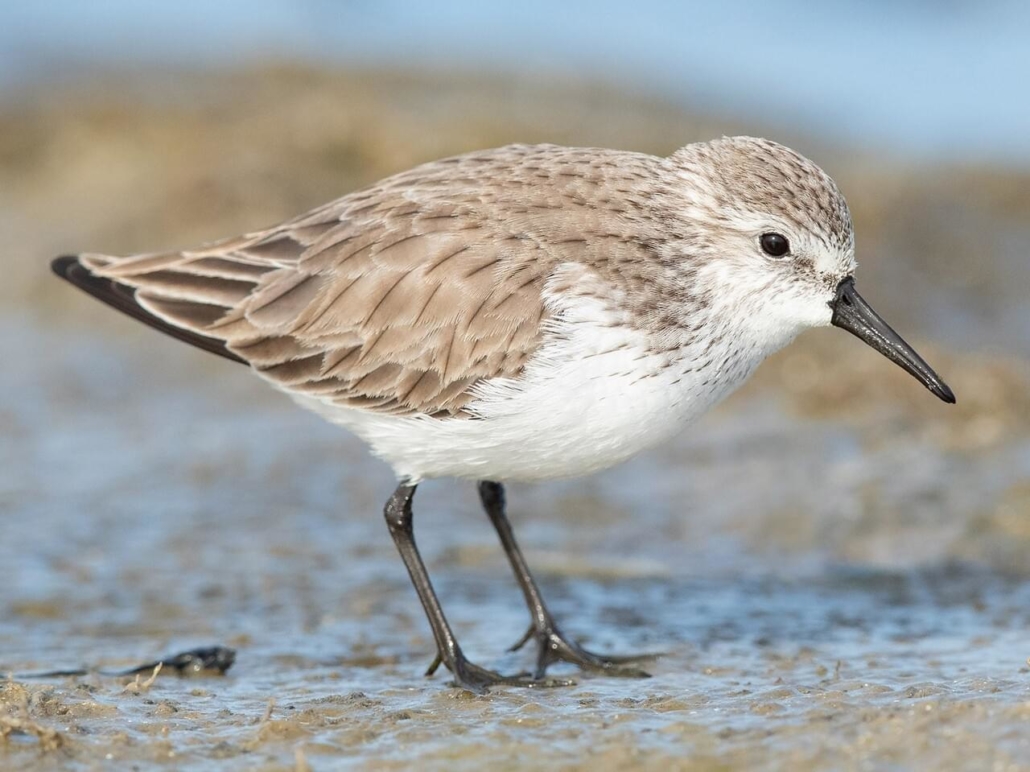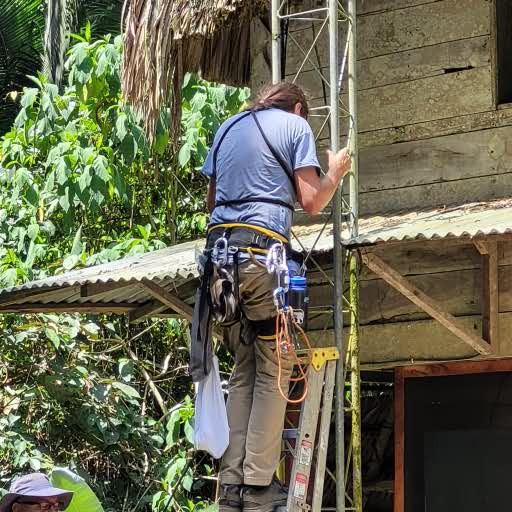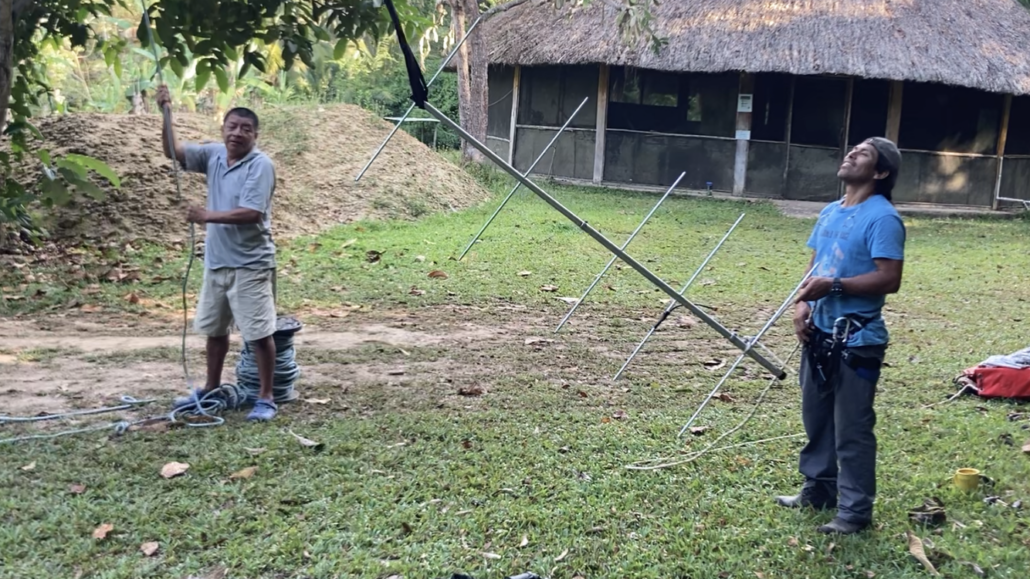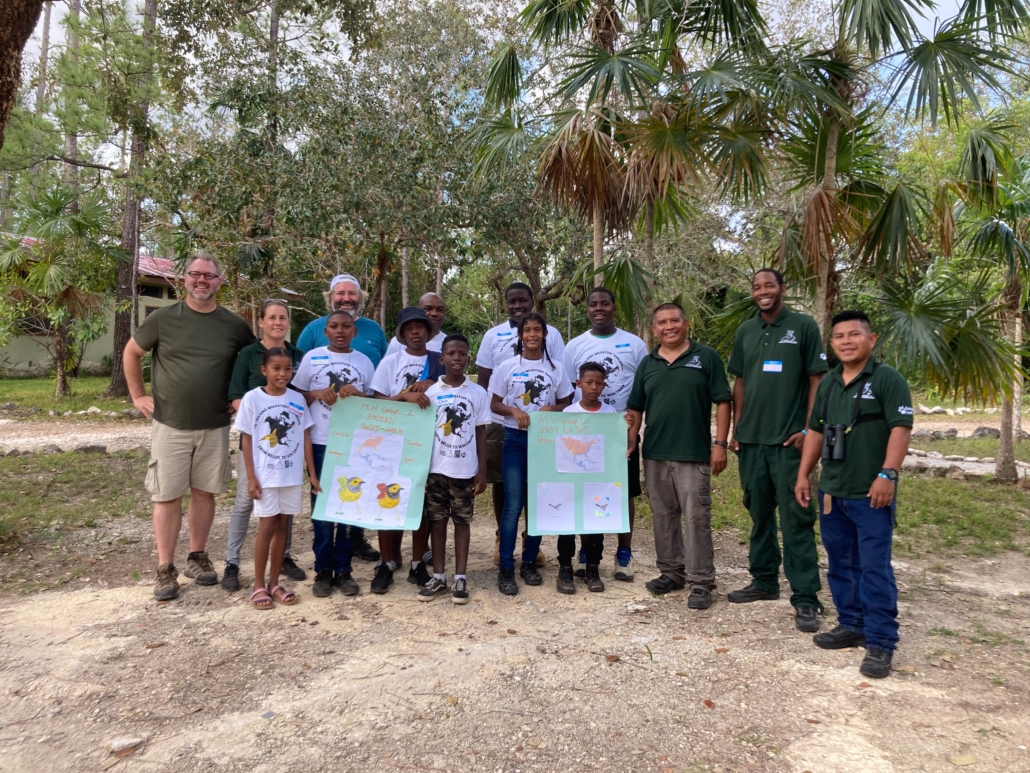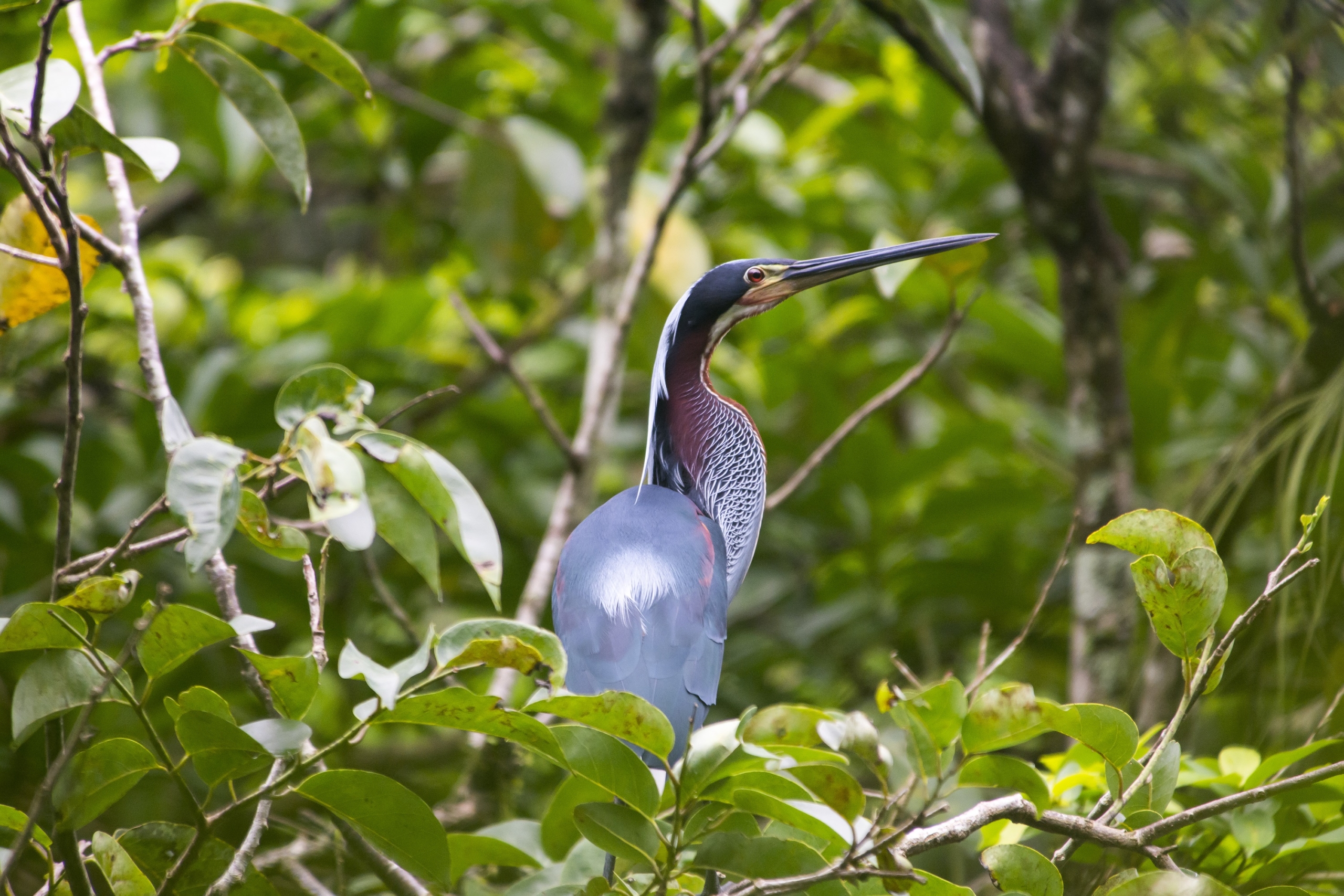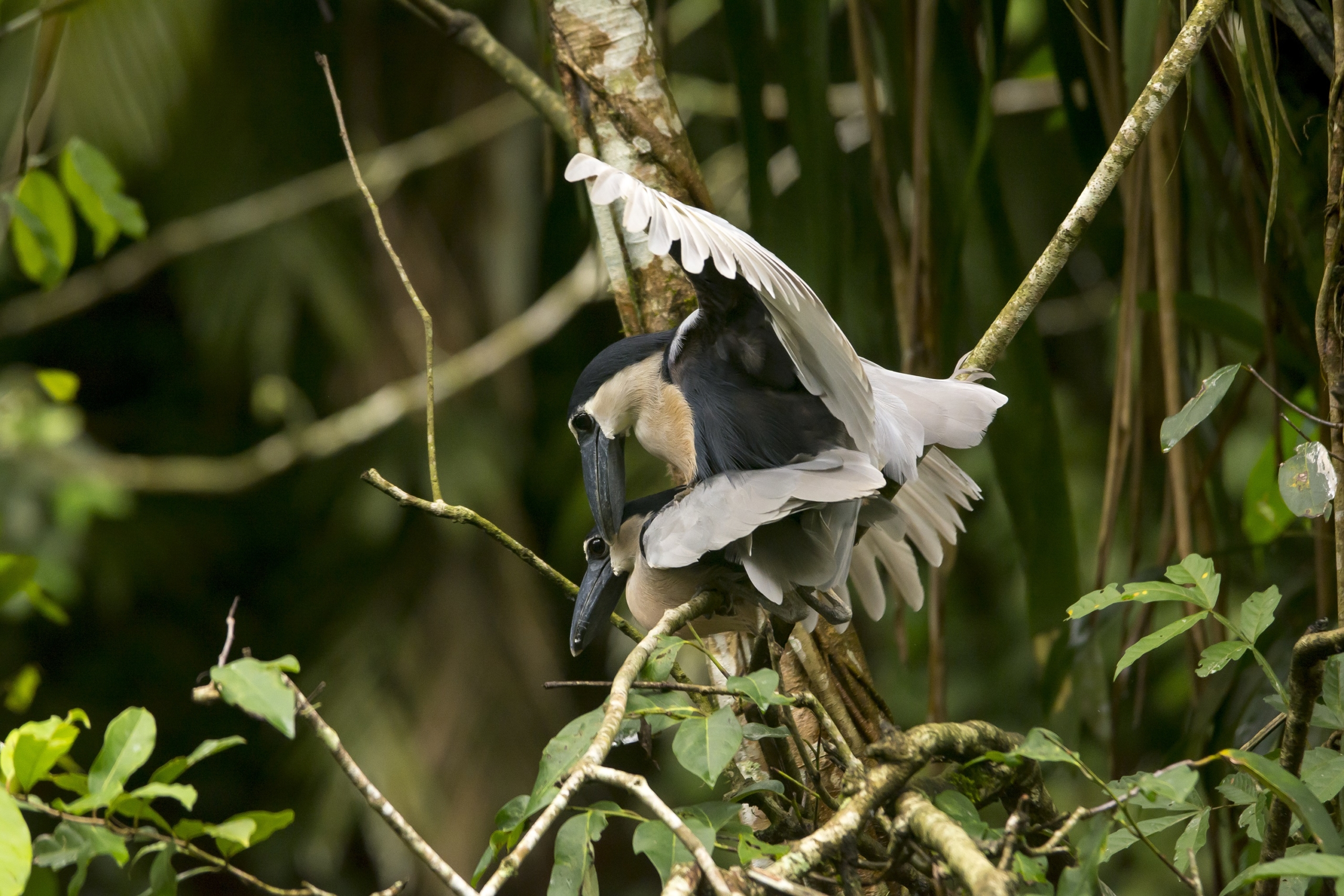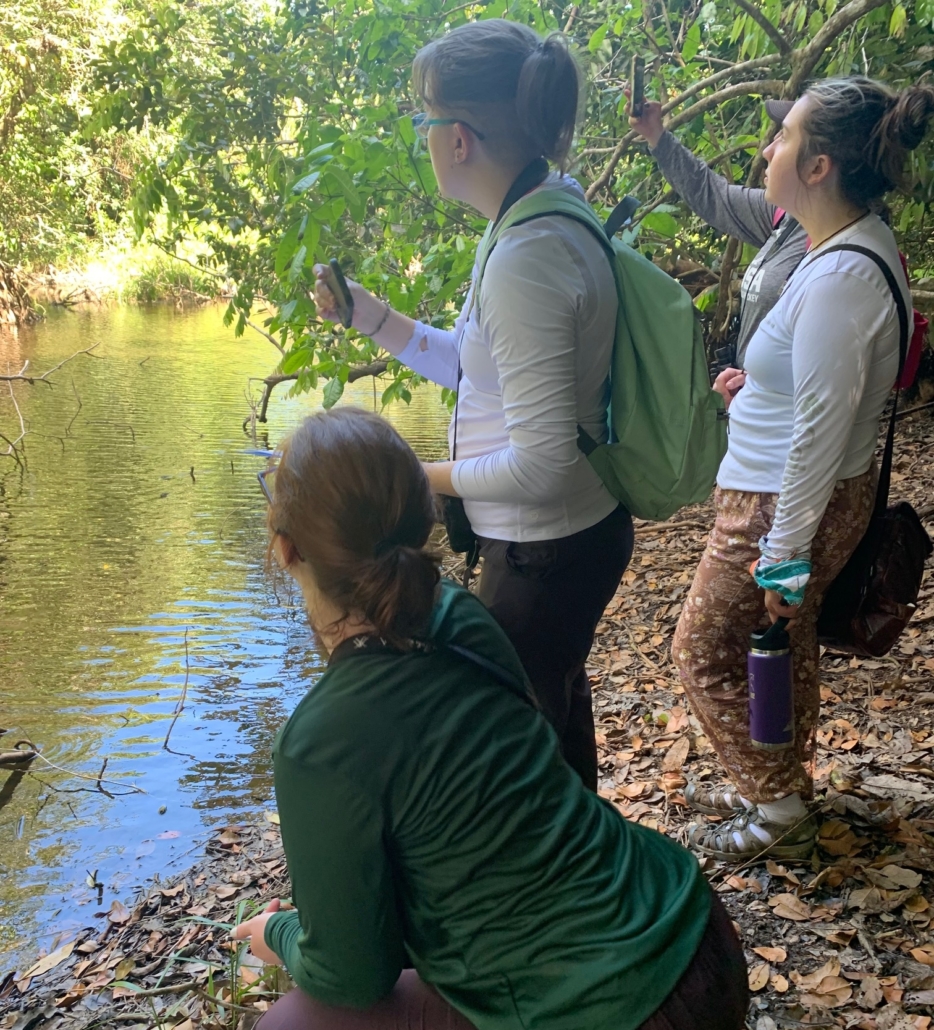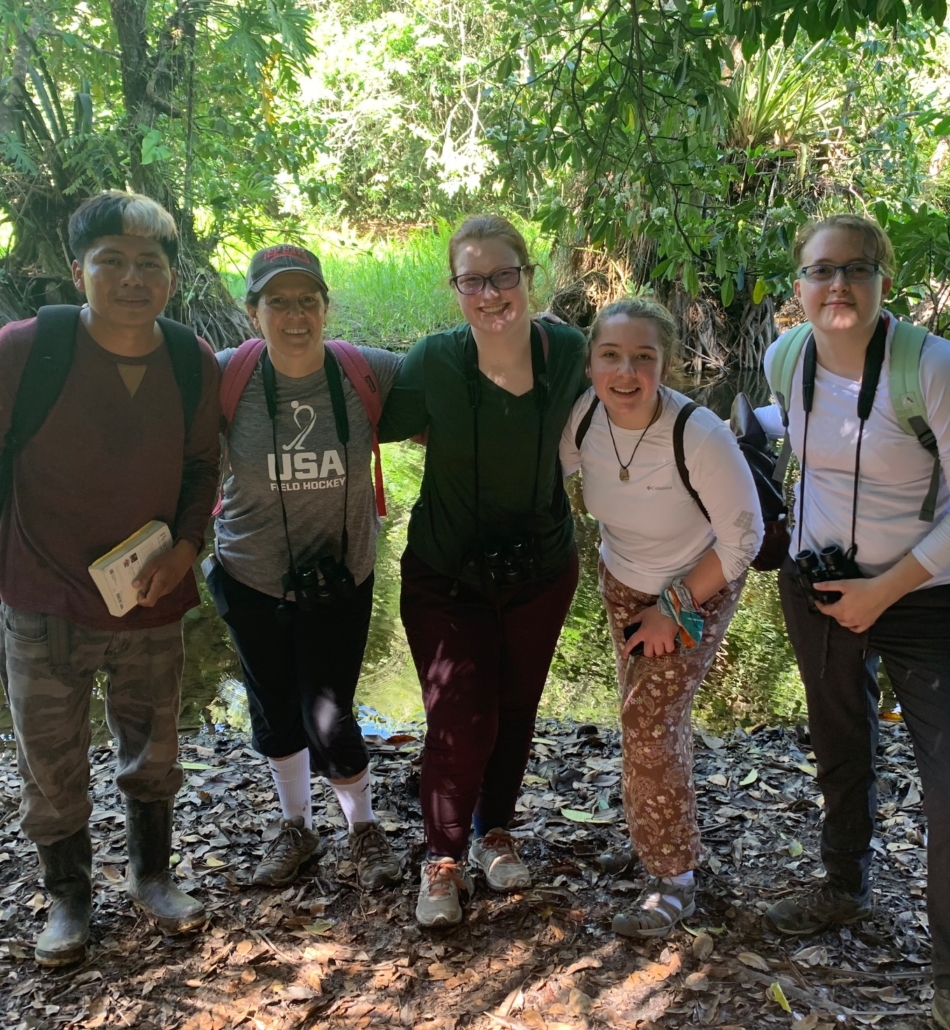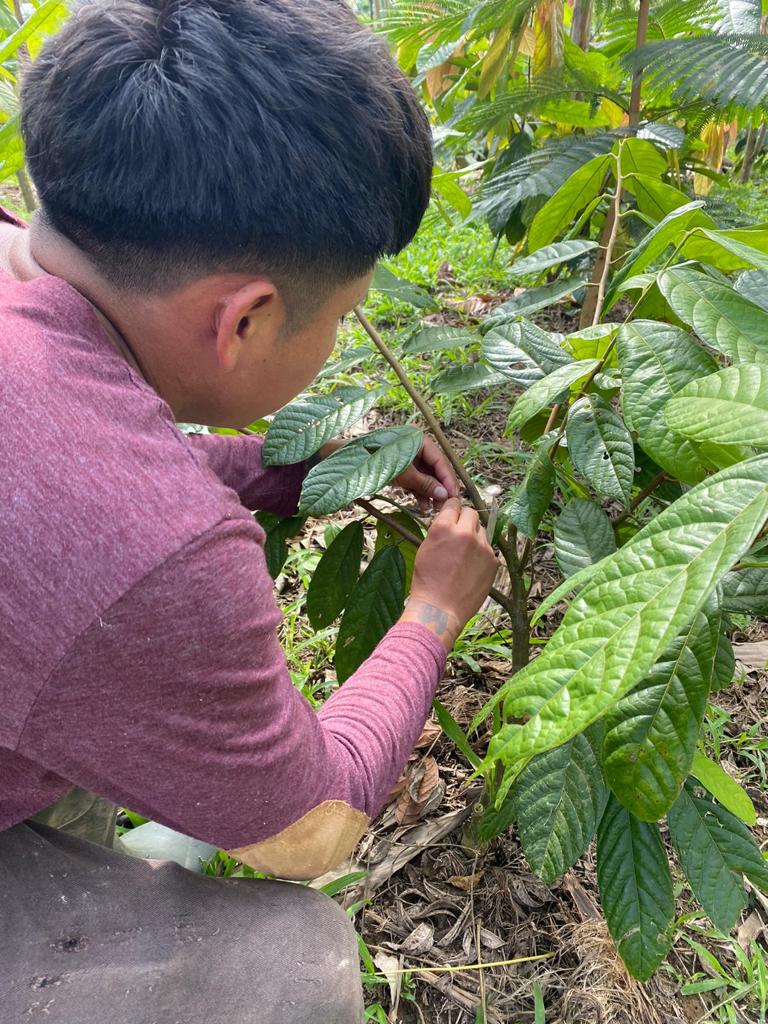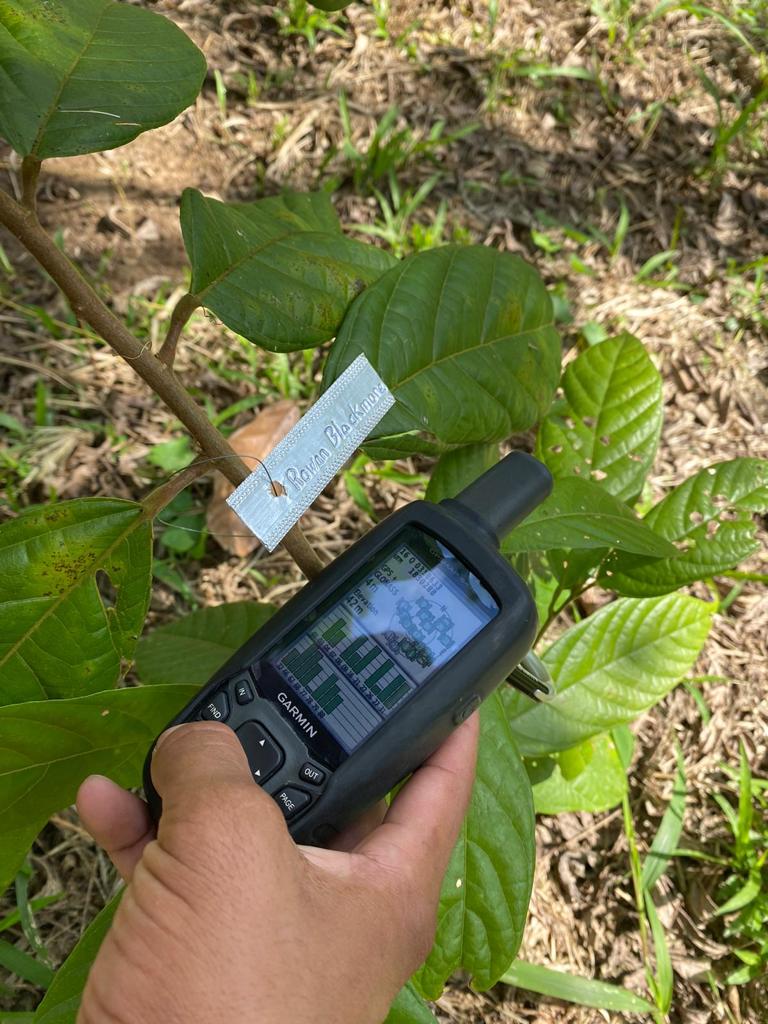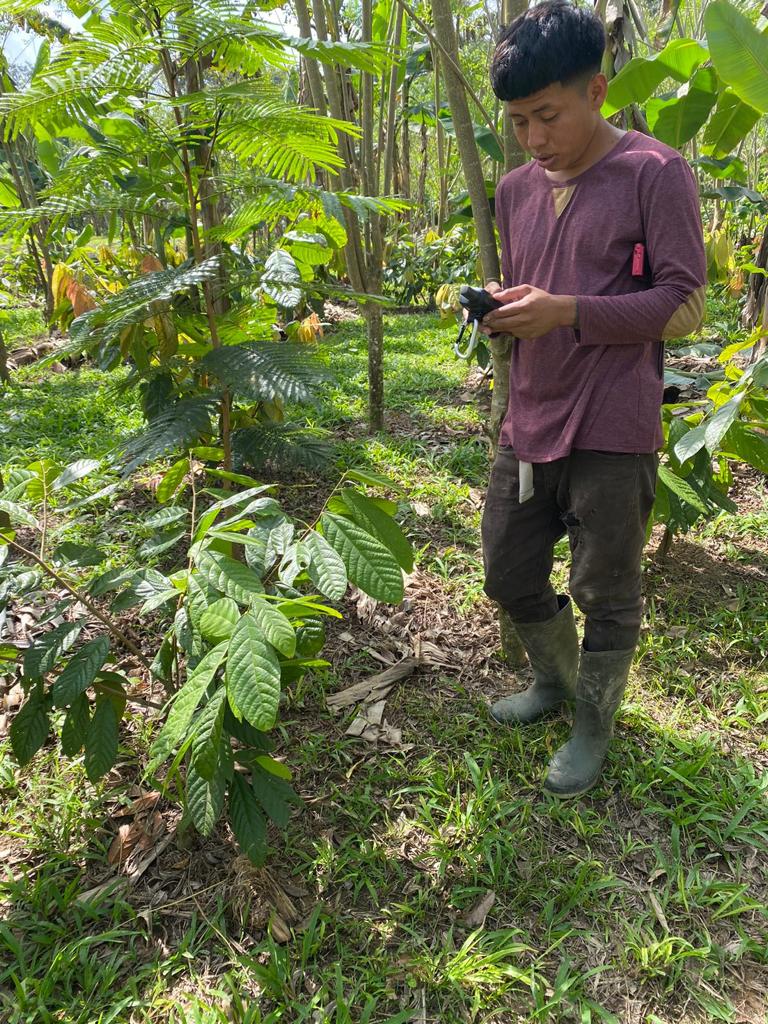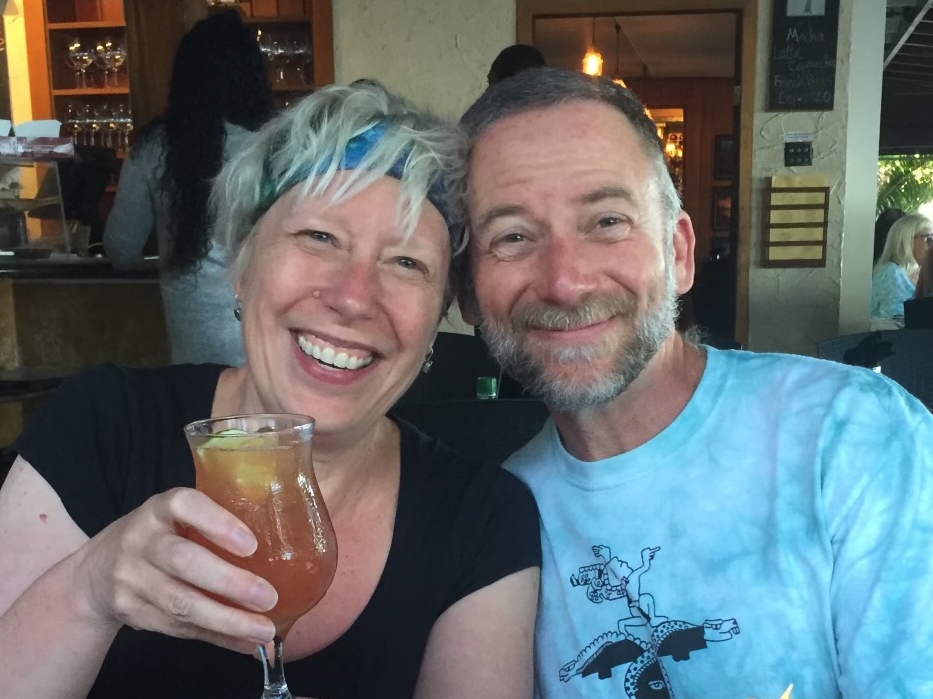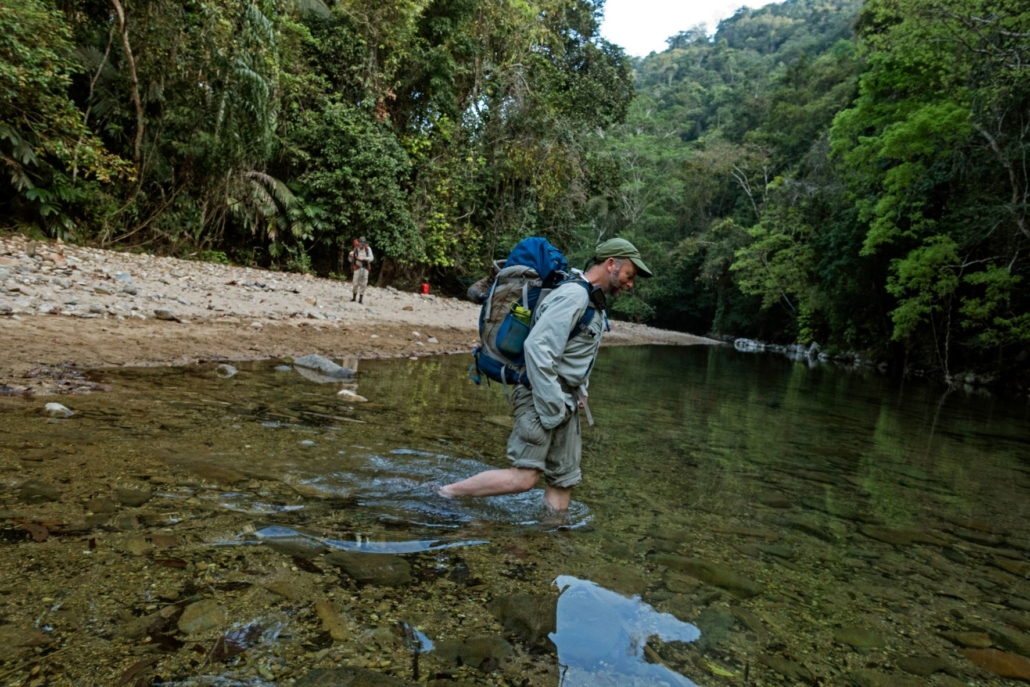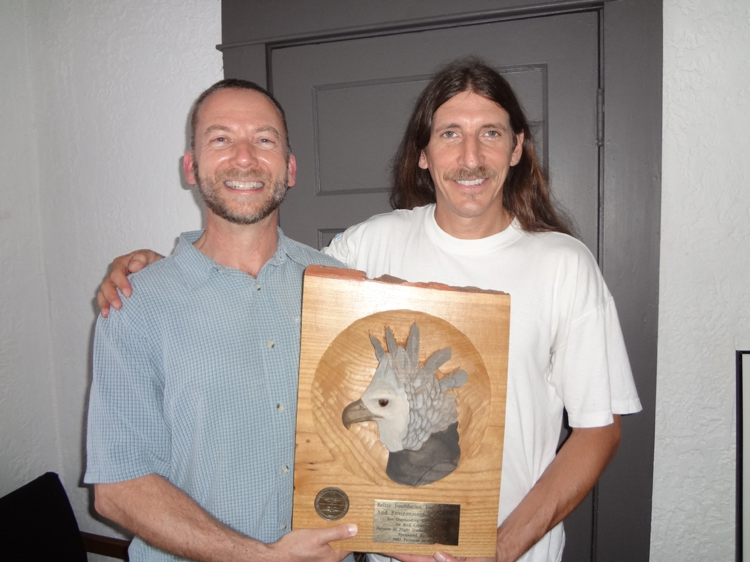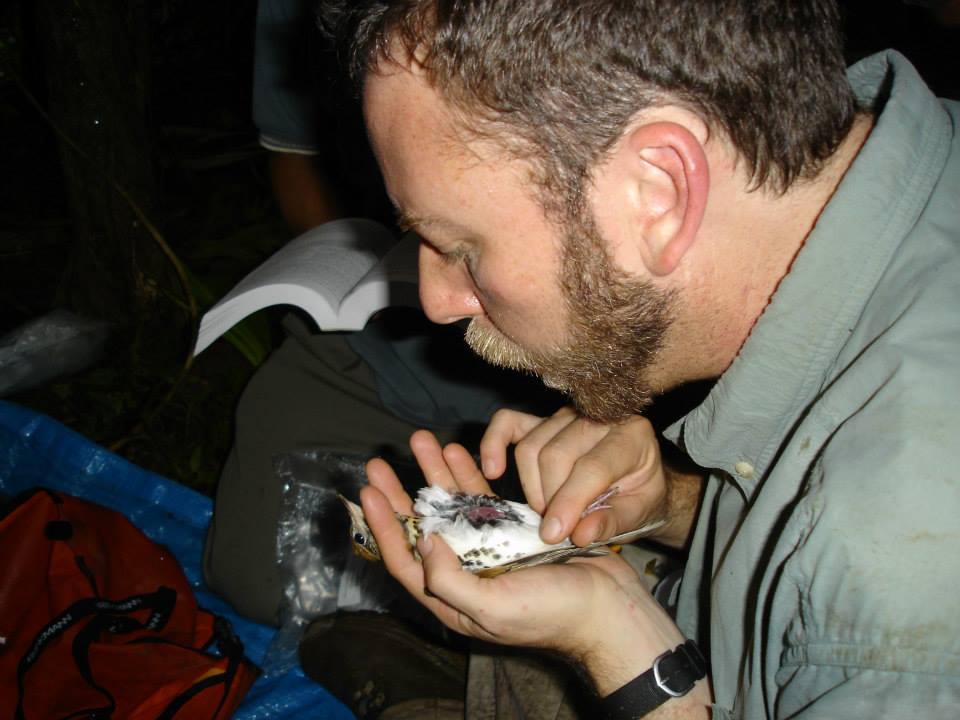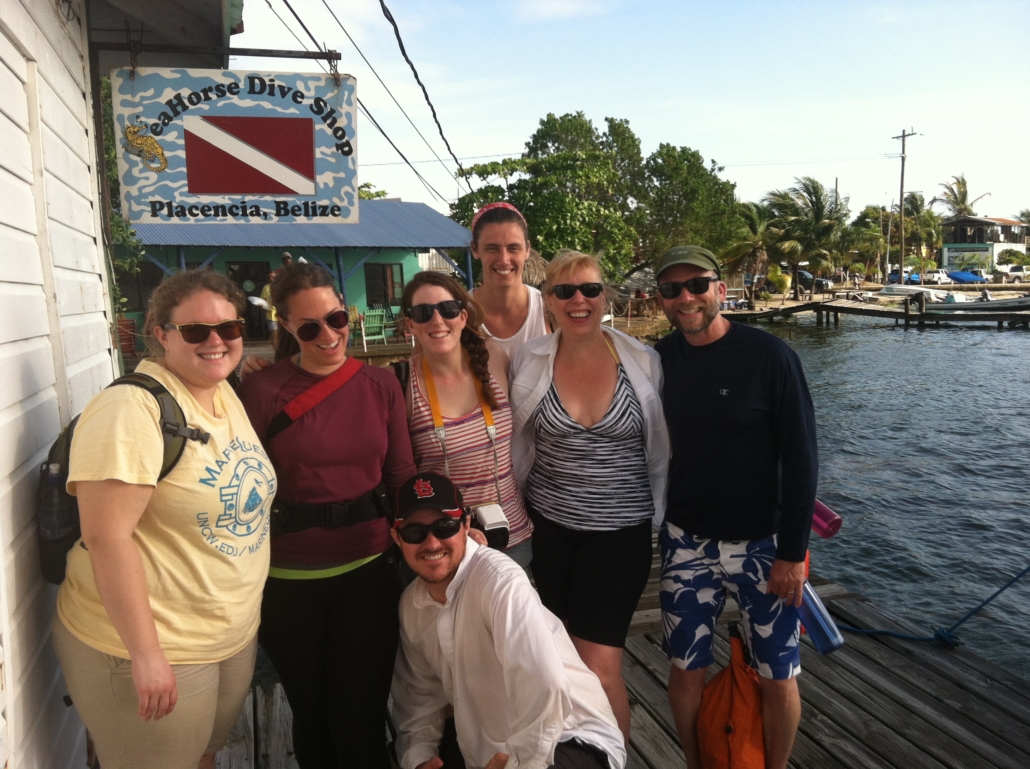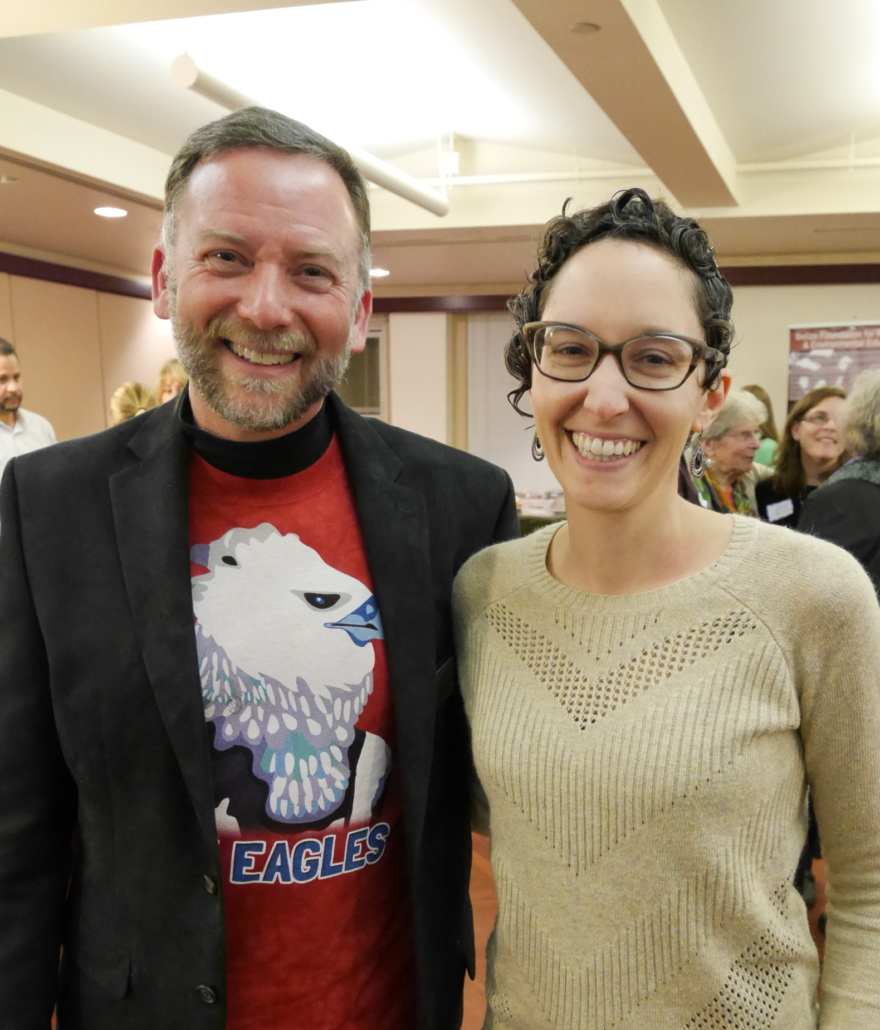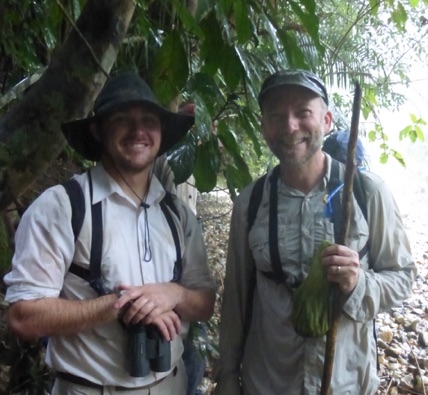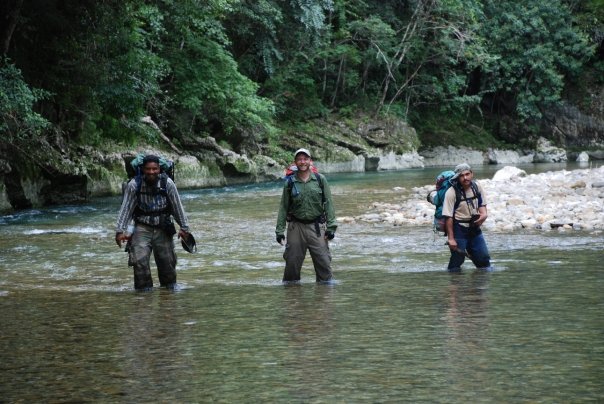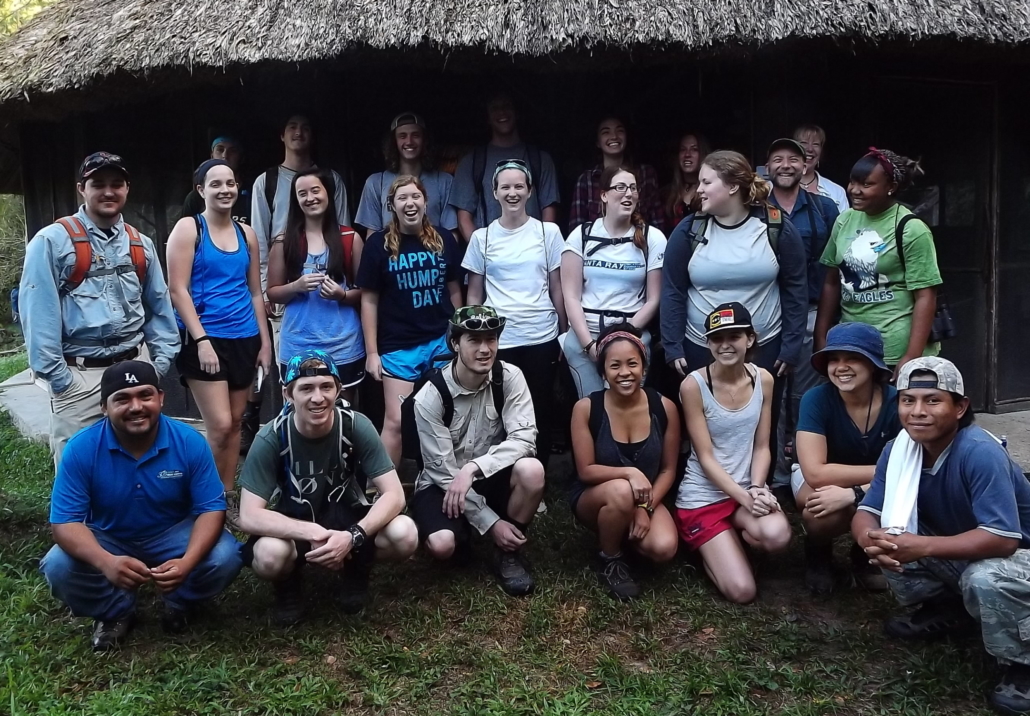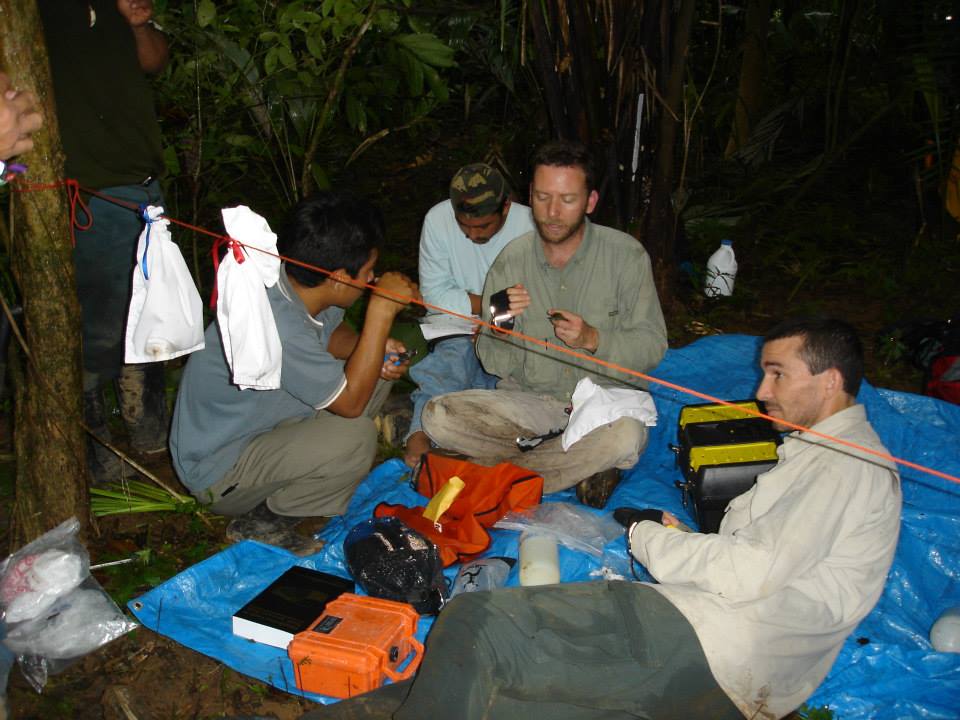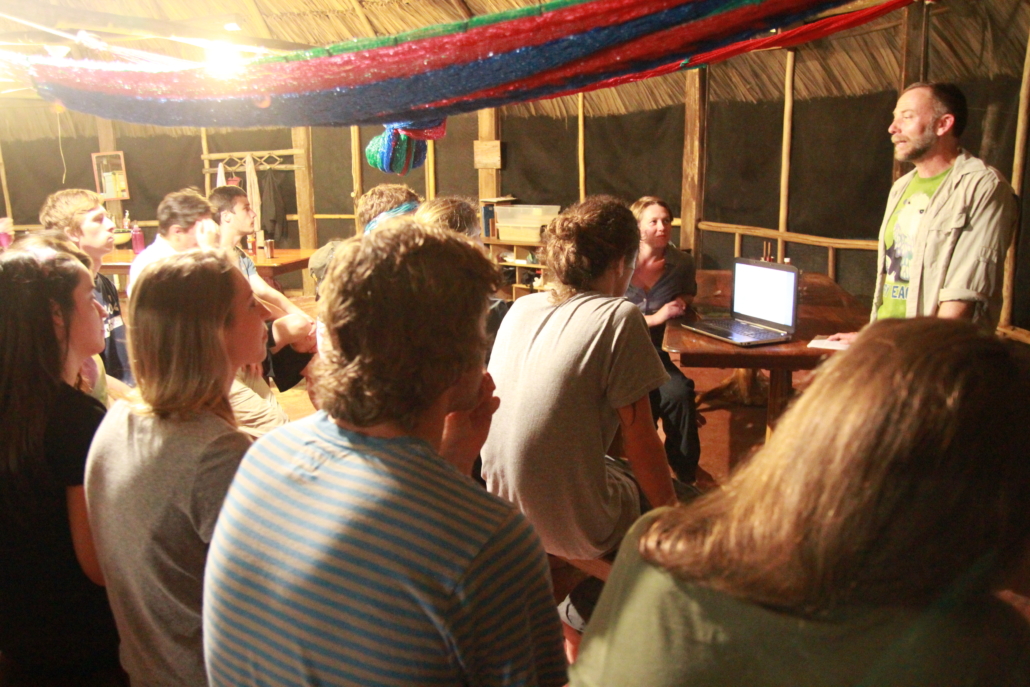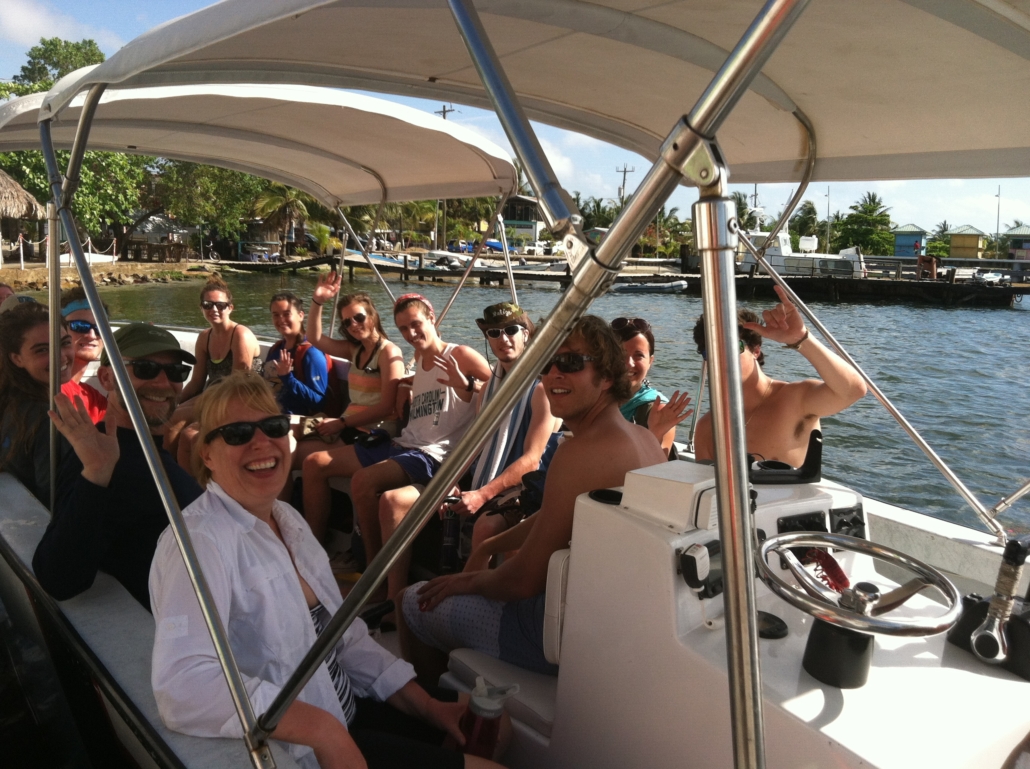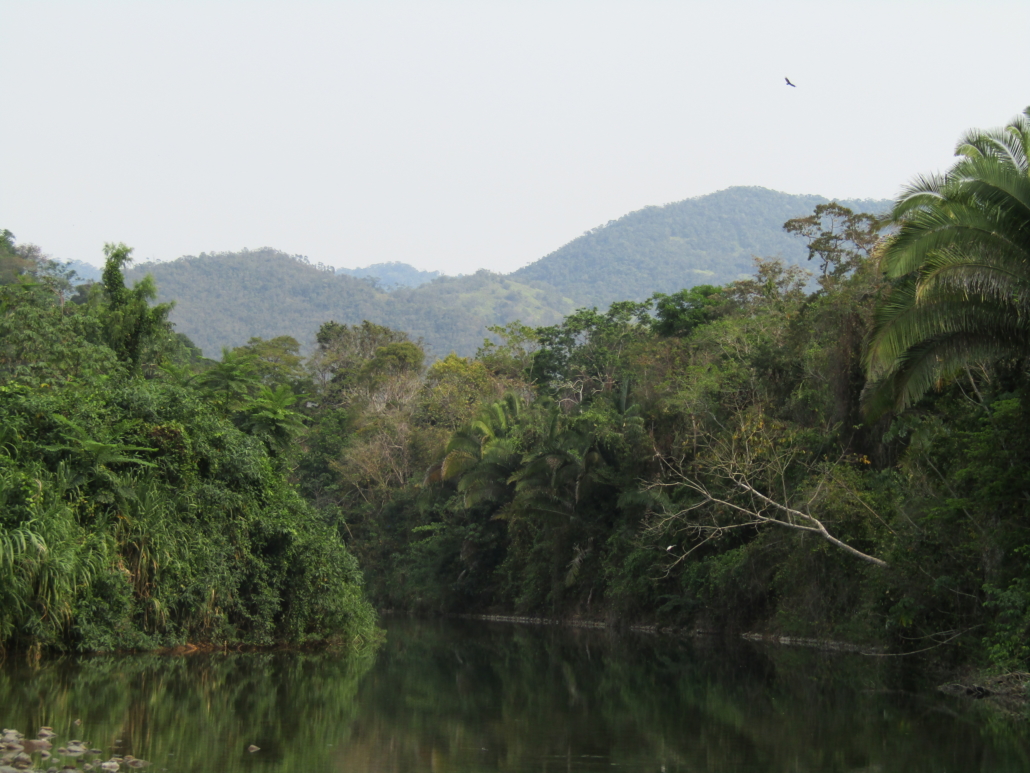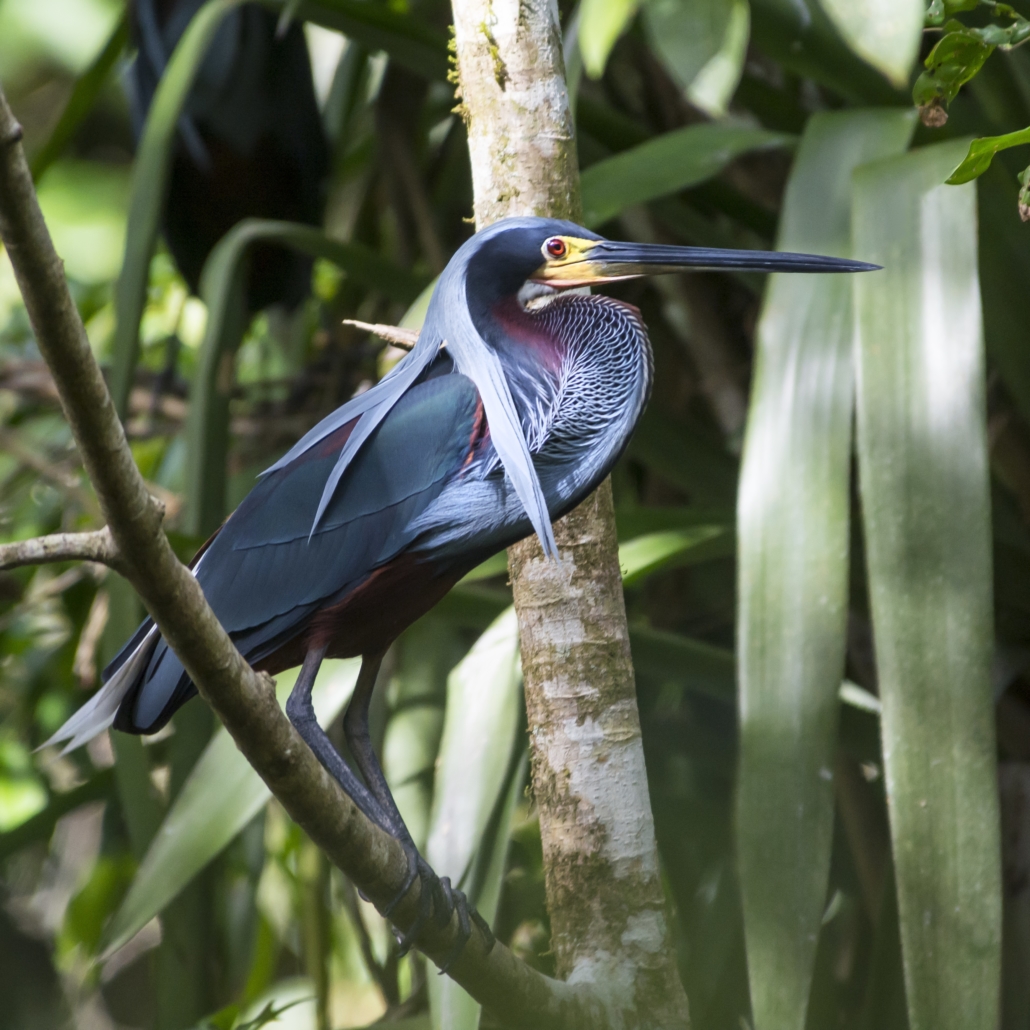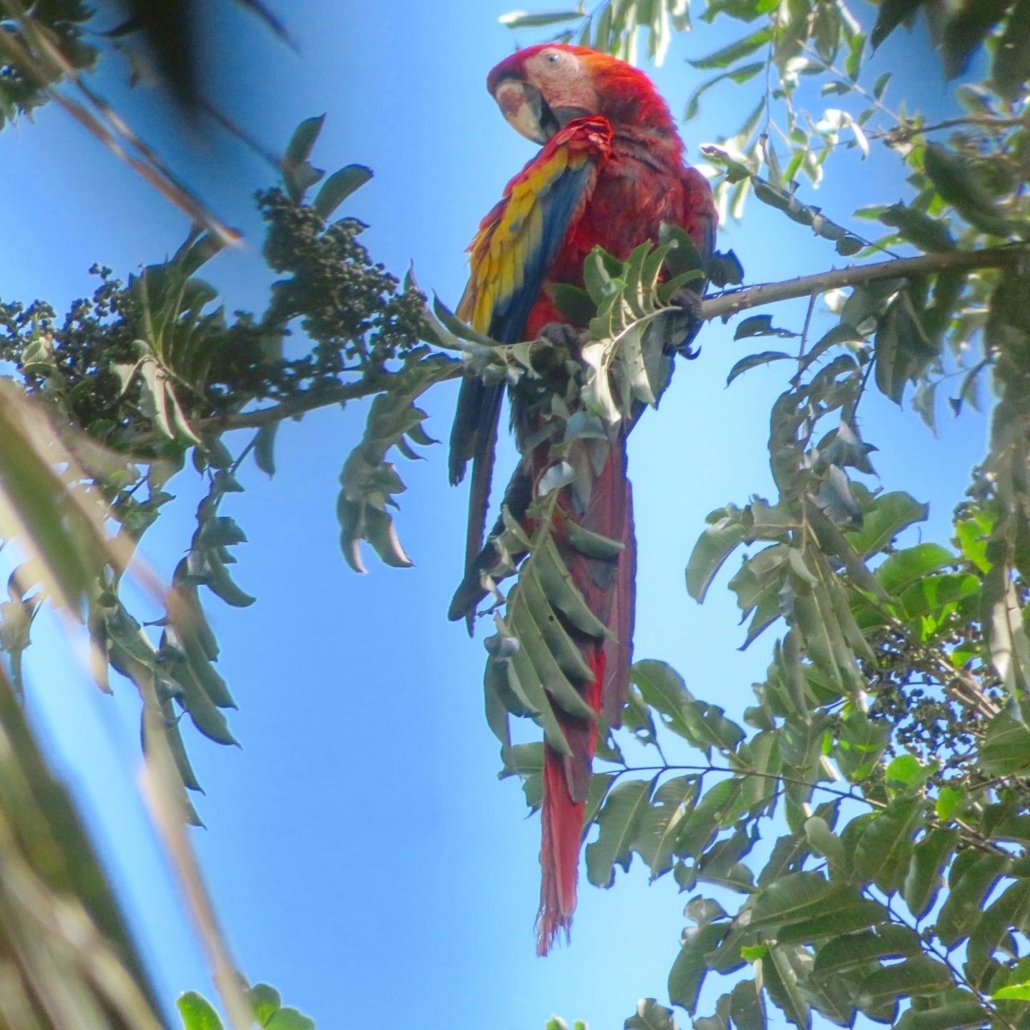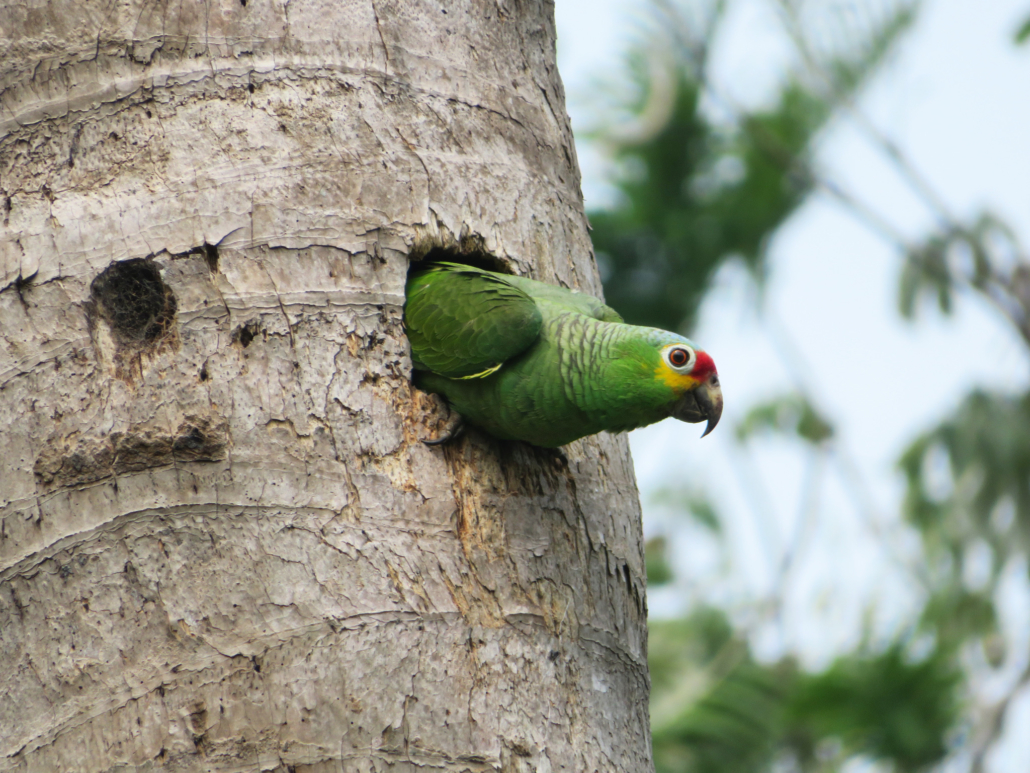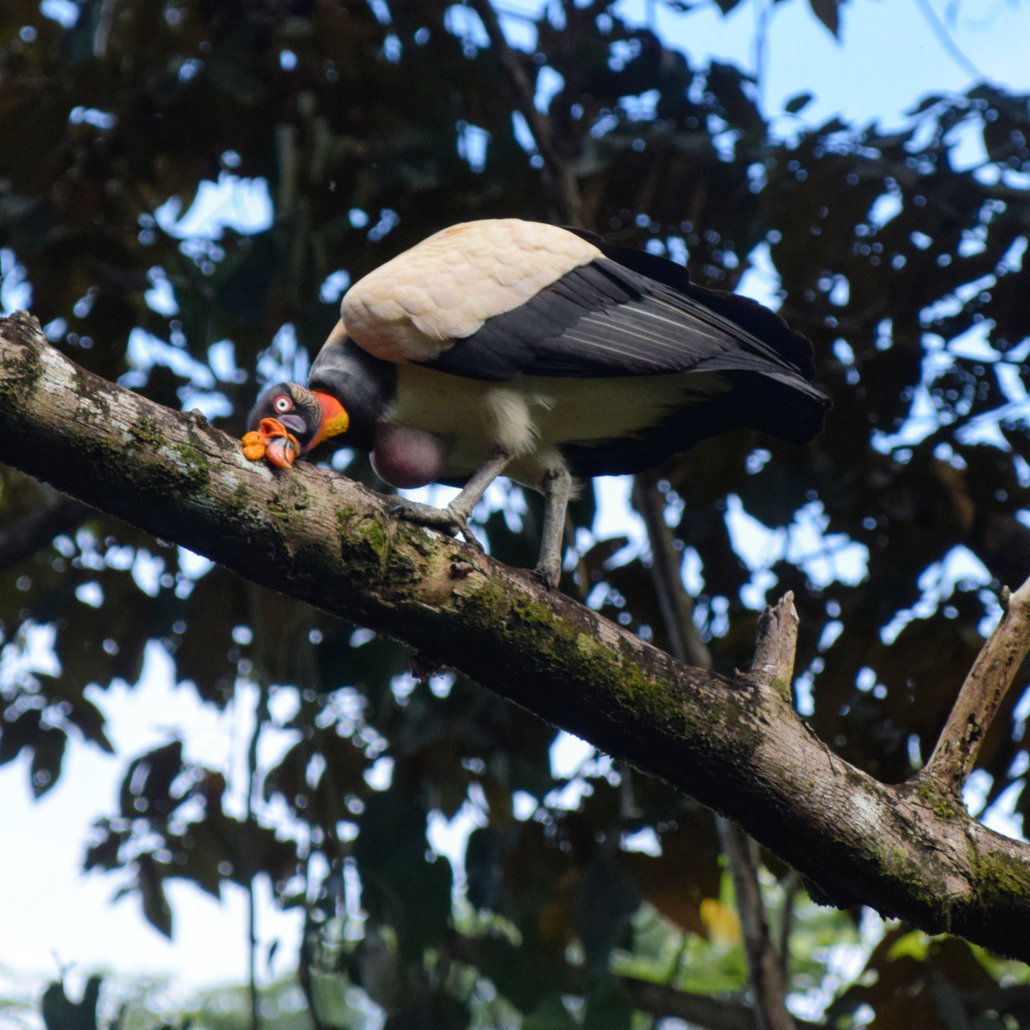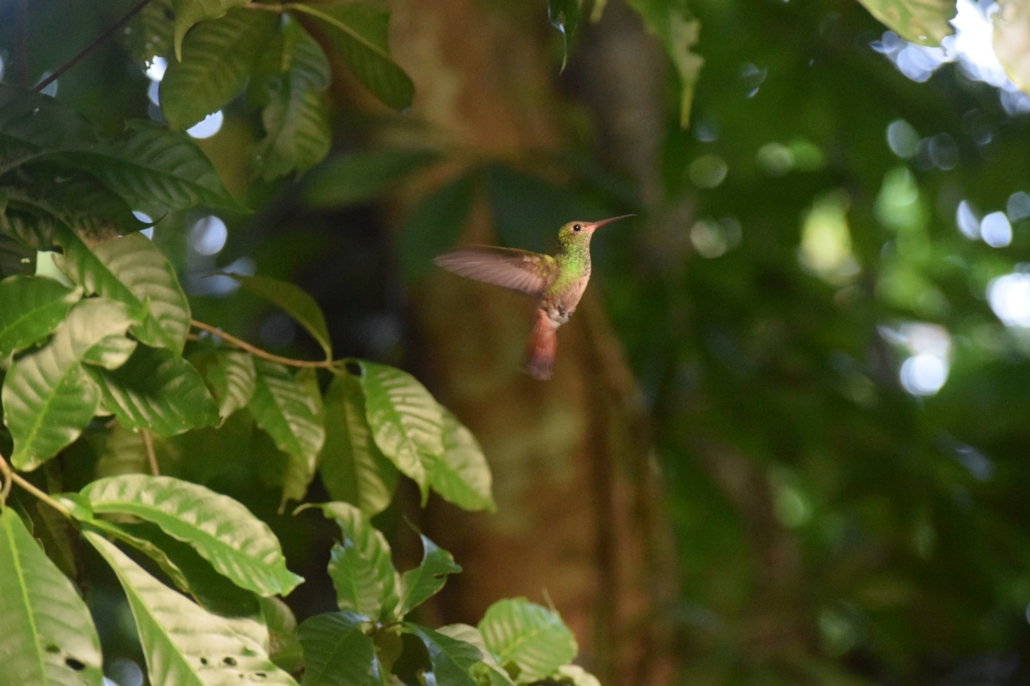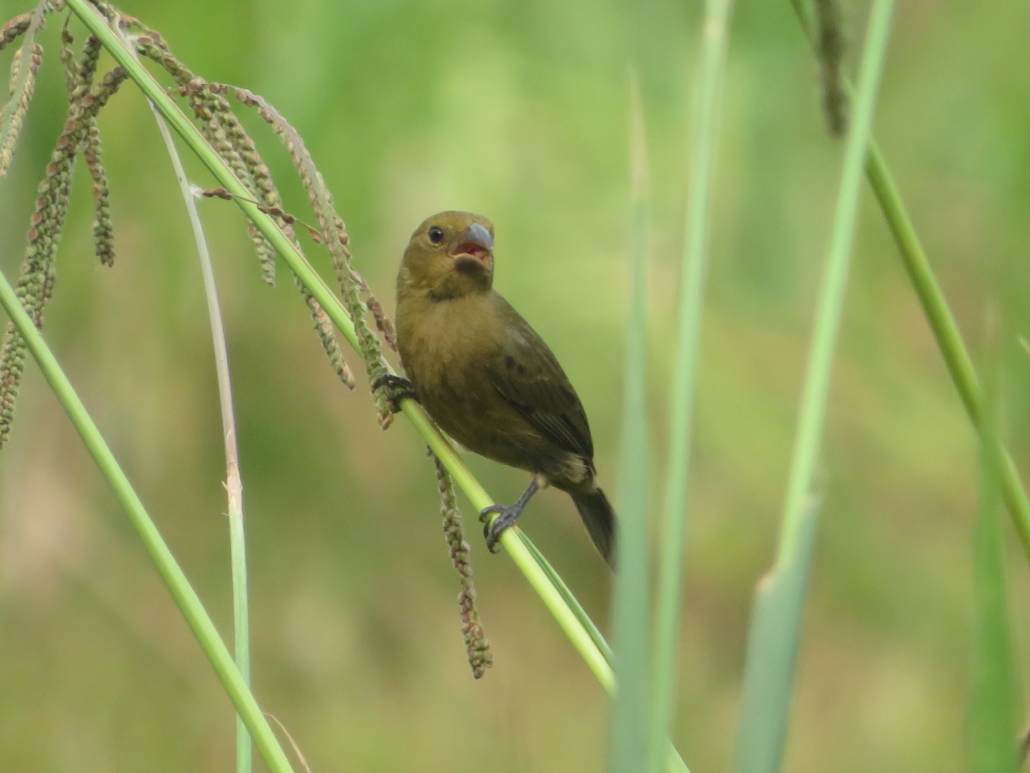My Encounters with the Birds of BFREE!
The 1,153 acre BFREE Reserve where I work is a haven for diverse species of birds and my many encounters with them have always been memorable ones. Being in the heart of the jungle has provided me with many opportunities such as witnessing a spectacle display of birds in flight, birds feeding, bird dances, and the listening pleasure of the mystical melodies orchestrated by these feathered creatures. Truly, this is a dream place for many birders and bird enthusiasts, whether advanced or amateurs, to fulfill their quests. It is certainly a destination to place on your bucket list if you haven’t visited just yet!
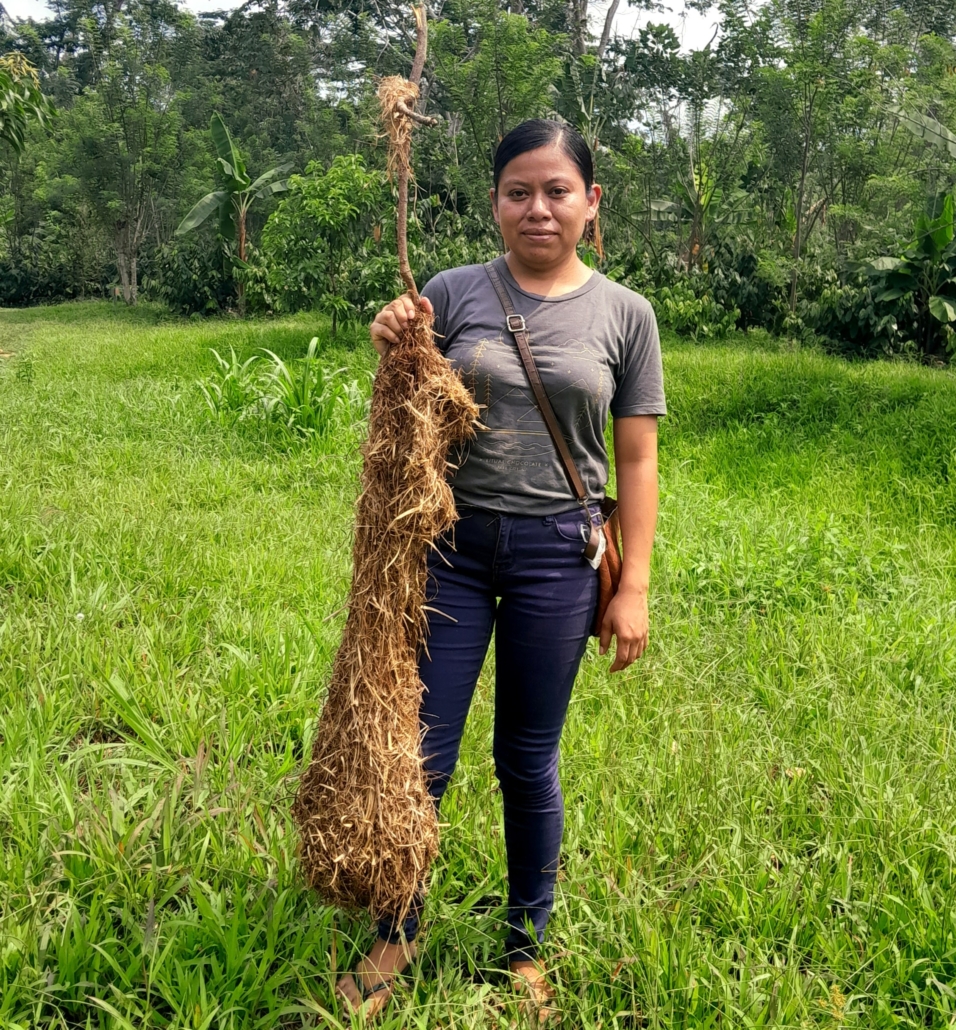
Within a year of working as an Advanced Cacao Fellow at BFREE, my interest in birding has grown tremendously but my skill in identifying birds whether nearby or through their vocalization has been a slow progress. Well, progress is progress they would say! Developing such skills and the ability to identify birds by their vocalization is a job that requires patience, vigilance, and good listening skills.
BFREE hosts over three hundred bird species, and these include migrants, transients, and resident bird species. Two major terrestrial ecosystems attract and provide habitats for these birds: the freshwater ecosystem and the tropical rainforest ecosystem.
Picture left: Roxanna Chen is the Advanced Cacao Fellow at BFREE. Her focus is on quality control, best fermentation protocols, and chocolate-making. Here she is shown in the cacao farm holding a fallen nest that was made by Montezuma’s oropendola.
Yellow-headed parrots
My first encounter began on my six-mile walk to BFREE for the very first time. Yes, I have listened to birds before, but I paid very little attention to them and the only ones I knew were those raised domestically. My journey began at sunrise and the view was spectacular, along the six-mile trek I transitioned through various ecosystems. First came the Pine Savannah then the ecotone (a region of transition between two types of habitats) and finally into the broadleaf rainforest ecosystem. Beyond that was the rolling evergreen Maya Mountains.
When I got to the Savannah, I was greeted overhead by a flock of chattering yellow-headed parrots. These parrots made themselves a home in crevices of old pine trees that were either wrecked by lightning or damaged by past wildfires. Amazingly, I could recall vividly my second encounter with a solo yellow-headed parrot, whilst leaving BFREE with a group of Belizean students in the same area. The parrot was watching us right from its balcony. Other species of parrots such as the Red-lored Amazon, the Northern mealy amazon, the White-crowned parrot, Brown-hooded Parrot, and the Olive-throated (Aztec) parakeets can be heard at BFREE chittering and chattering but they are generally seen in flight or feeding on seeds in the nearby vicinity.
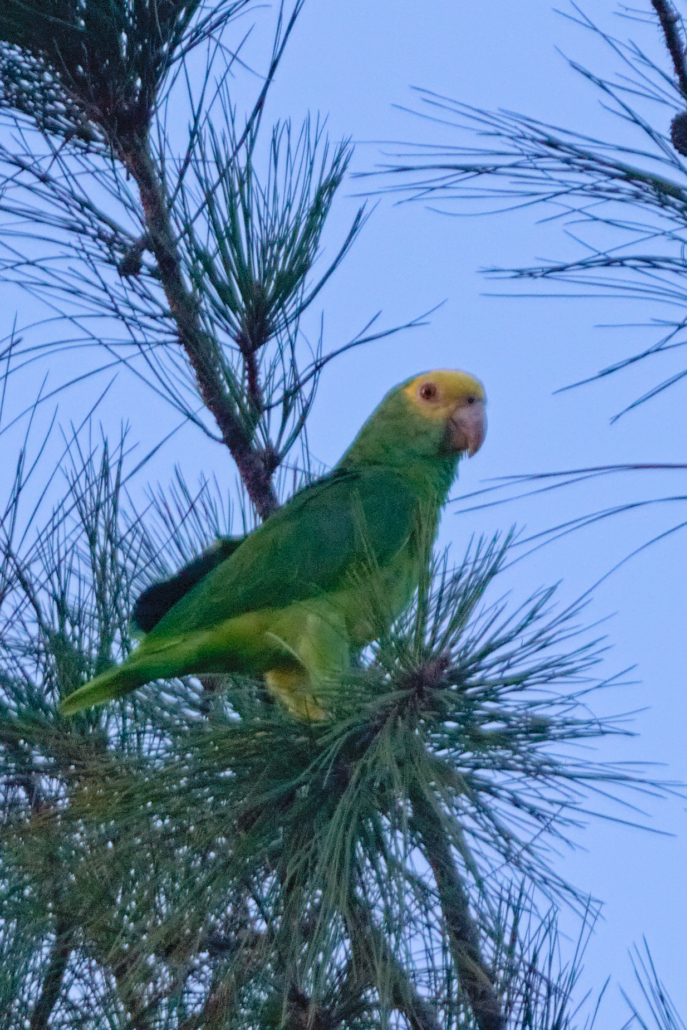
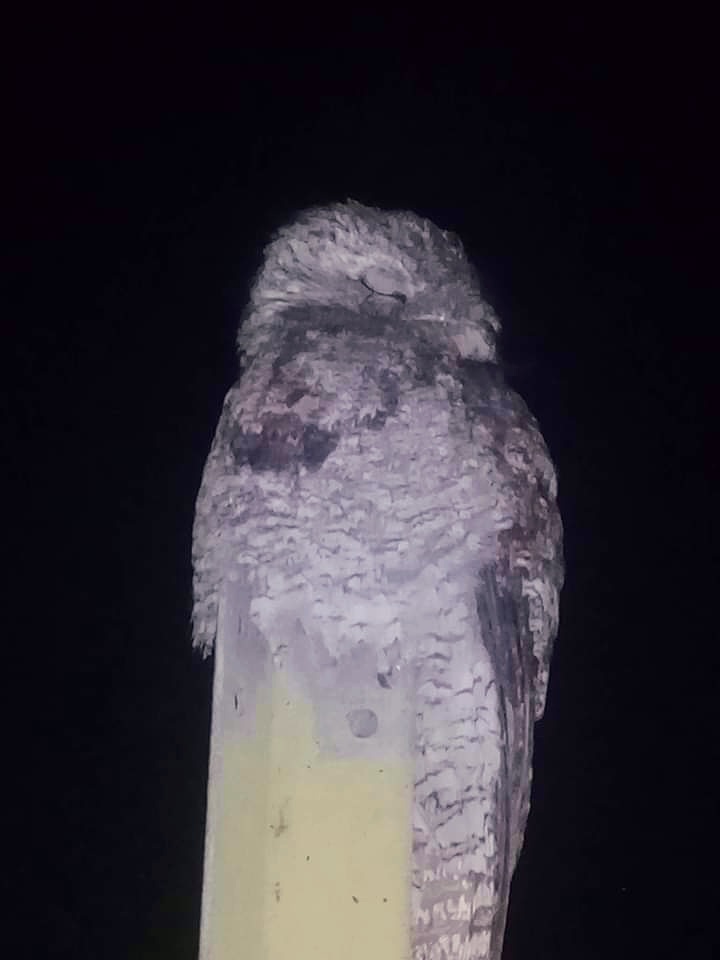
The Great Potoo
Then my bird encounters became even more interesting. While I was on a night hike, a coworker and I were headed for the 114-foot Observation Tower for stargazing, and I began deliberately inquiring about a list of wildlife that was interesting to see. Among that list was the Great Potoo; I had no idea what it was then. My curiosity heightened and my visits to the Observation Tower became more frequent. One night we became lucky! As we were climbing the many steps at about 8:30 p.m. we heard a very loud and heavy call coming from a tree in the vicinity of the tower. Climbing those steps and being over one hundred feet above the ground and into the canopy at night is a good cardio workout. As I sat on the wooden plank, exhausted from the climb, another loud call came from closer proximity, and shortly, the Great Potoo came swooping and landed right on one of the tower rails. It perched only a few feet away from us for about three minutes, so we got as many shots as possible but due to lack of proper lighting our photos were not satisfactory. The bird was as curious as we were; it sat very still, and we moved very stealthily beside it. It was such a magnificent bird, with very light gray feathers, a thick mustache, and scorching, red eyes; it was the size of a grown chicken. Relatives of this rare bird are commonly heard at night; the screeching and hooting sounds of owls ranging from crying babies to calls for help and the infamous scream of a barn owl commonly known as the bird of death.
Lesson’s Motmot
When the Lesson’s motmot is feeling cheeky, and “peckish” the office compound becomes a feeding site; only the fluttering sounds of wings can be heard as it feeds heavily on the nutritious seeds of the Lobster Claw Heliconia. Other feeding companions are the hummingbirds like the Long-billed hermit and the Purple crowned fairy. Now and again the motmot would sit on the office extension as if dropping by to say Hi and keep company.
Montezuma’s Oropendola
Montezuma’s oropendola is also a common visitor and during the mating season, one colony makes numerous nests in the Cacao Agroforestry Farm at BFREE. Their breeding spot is that of a mighty Ceiba Tree right in the middle of a cacao block. Their nests are neatly woven, waterproof, and
cozy, a proven fact of their brilliant ingenuity. These birds are easily identified by their unique and strange calls and especially during mating these calls are also accompanied by a performance.
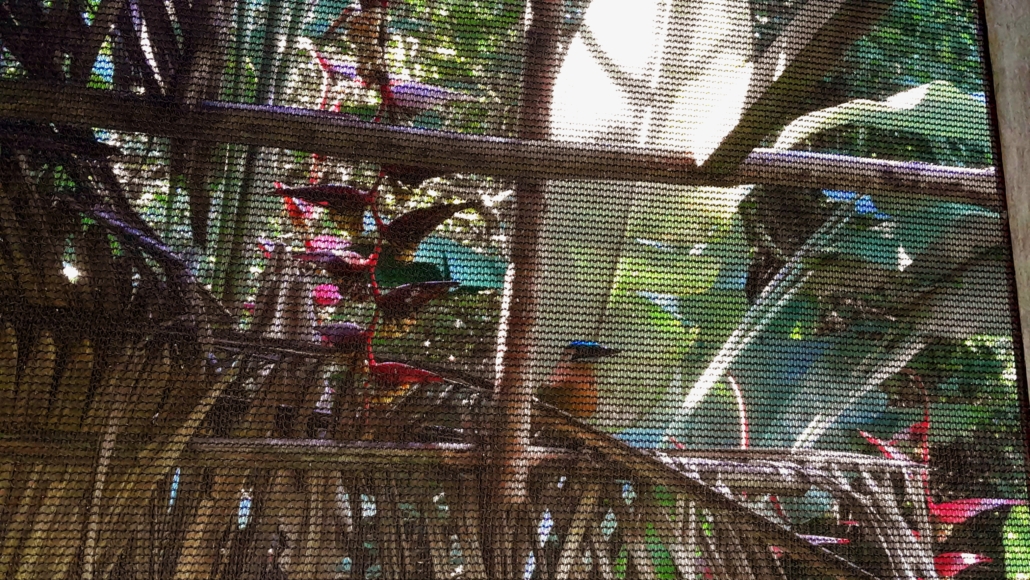
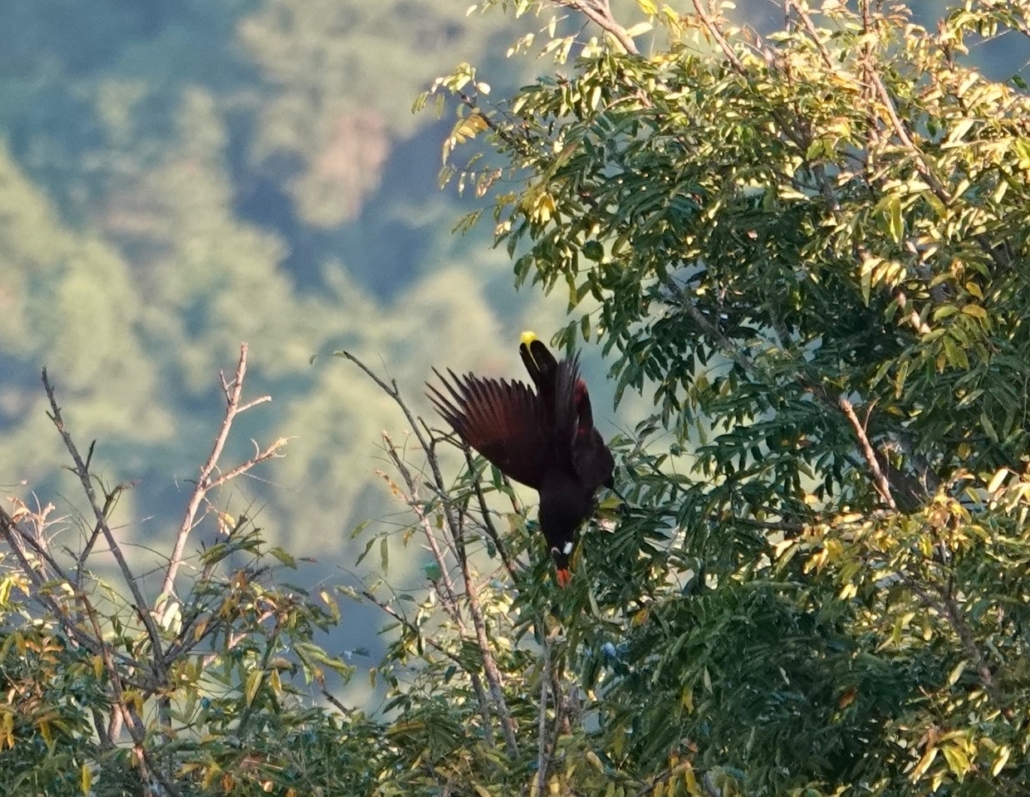
Slaty-tailed Trogon
While I was fetching some drinking water, the stammering call of the Slaty-tailed trogon caught my attention. It was perching on a tree branch, stealthily moving its head from left to right as if it were taking surveillance of the area. Recalling my first sighting led to a flashback of a morning when it was sitting on one of the branches of an old Calabash tree back at home.
Scarlet Macaws
Recently, a flock of six Scarlet macaws stopped to feed by the garden. It was exactly the picture-perfect moment I was waiting for. I waited patiently for over a year to capture such a special moment; the beautiful colors of their plumage made them attractive. We hear them flying over but they were always in the thick of the forest and they preferred to settle only on emergent trees and, luckily, a prickly yellow tree was nearby and flowering.
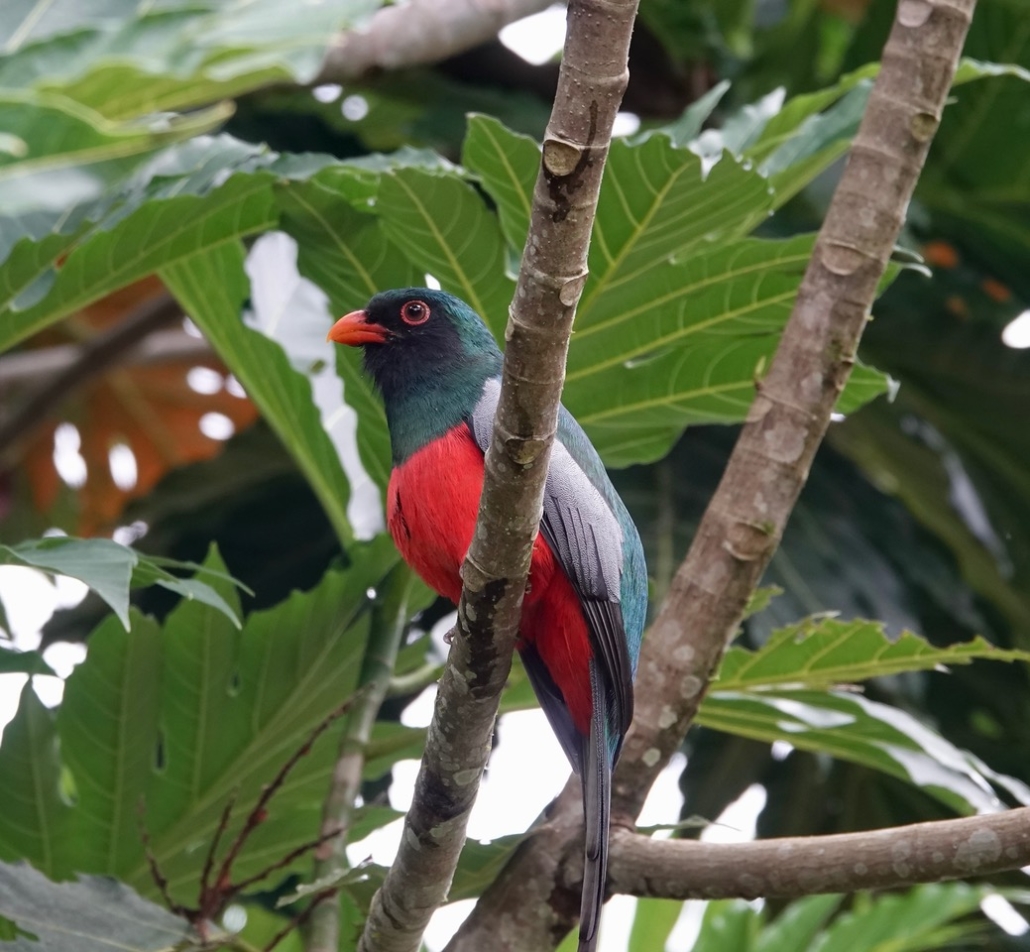
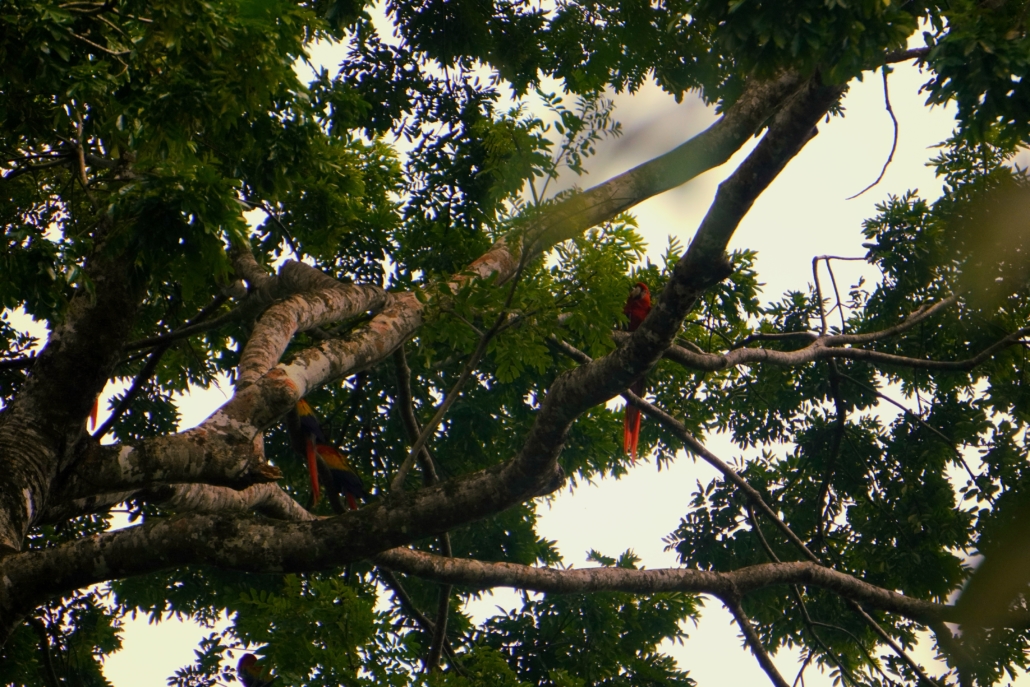
Want to do your own birding?
Birds are fascinating creatures to observe and for that reason, I would like to encourage you to spend a little time this month looking at the birds in your yard, around your school, and in other areas you visit. Observe things that make one bird different from another bird – What color is it? Is it big or small? Does it soar high above the trees or hop around on the ground? Does it eat berries, seeds, or insects? What does its nest look like?
Global Birding Bird Day is Saturday, 11 May. This is a great opportunity for you to enjoy observing the birds around you. Over 600 species of birds can be found in Belize as resident or migratory species, so there are many opportunities to see birds every day. Staff of BFREE will be bird-watching and recording our findings on ebird.org on Global Big Day. We encourage you to spend time watching and documenting birds, too!





